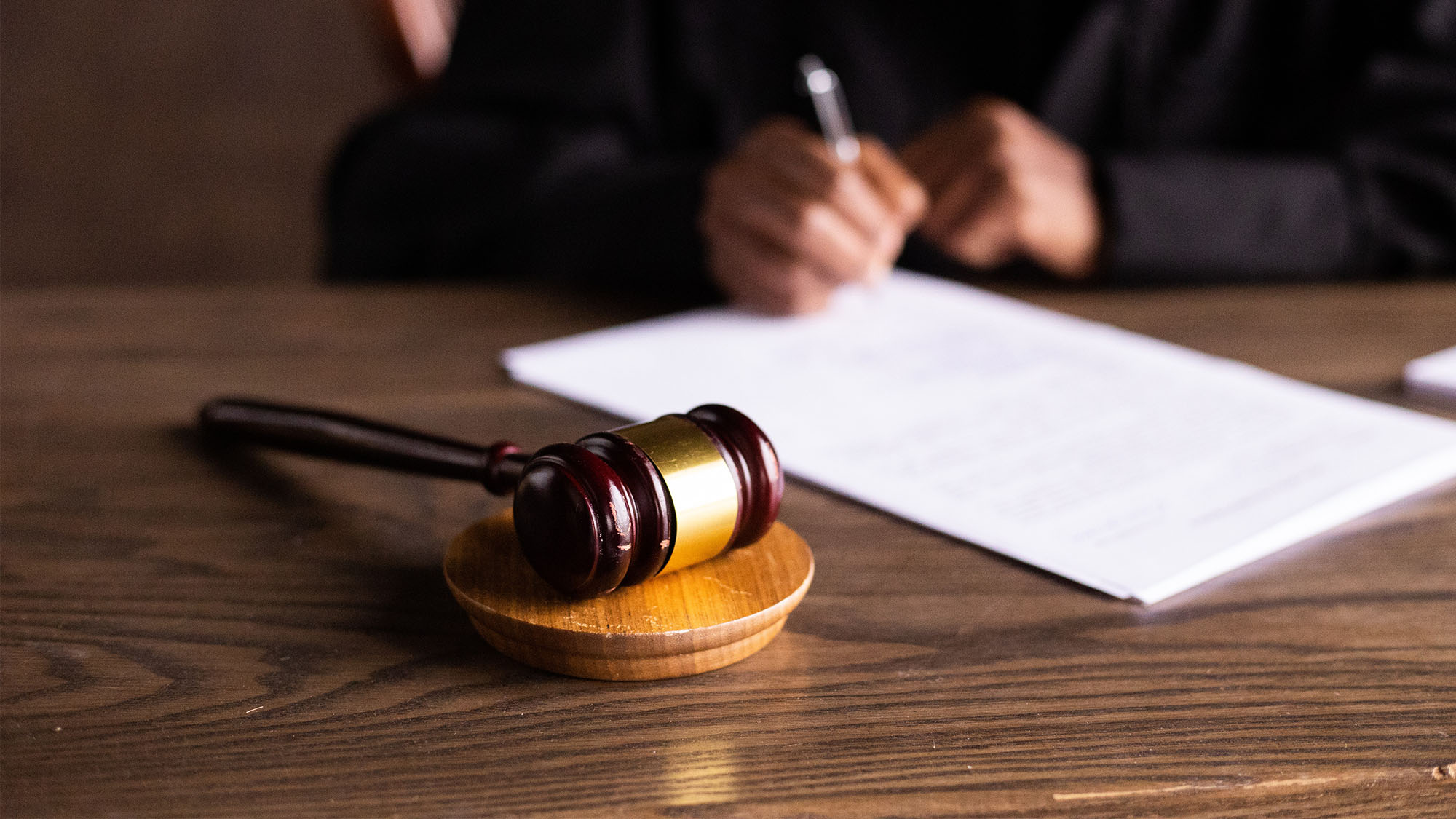
Understanding trademarks, copyrights and their differences
Written by
Gordon Media Company
Date
September 19, 2016
Filed under
Share this
Having a clear understanding of intellectual property laws can help you avoid costly business mistakes. In the court of law, arguing that your infringement of someone’s intellectual property was “unintentional” or an “accident” is not always enough to get you out of trouble. Fortunately, there are ways you can steer clear of arduous legal battles, settlements and possibly prison. Note that this is general knowledge; we aren’t attorneys and we don’t play them on television.
Copyright vs. trademark
First, let’s distinguish copyright from a trademark. According to the U.S. Patent Office, a trademark is “a word, phrase, symbol, and/or design that identifies and distinguishes the source of the goods of one party from those of others.” Registering your trademark gives you immediate legal protection and weight in the event you wish to bring a lawsuit against an infringer, while an unregistered trademark is much more challenging to prove unique in court. Registered trademarks are often denoted by the ® symbol, with unregistered ones recognized by ™.
Copyrights refer to the legal protection of artistic works such as music, lyrics, poems, literature, photographs and even blog posts. A copyright is established immediately upon creating work without any action required on the author’s behalf. However, to bring a lawsuit against someone who infringes your work, the work must be registered with the U.S. Copyright Office before an infringement takes place, or within three months of its publication. Otherwise, you may be entitled only to monetary damages and profits, giving up the ability to receive the hard-hitting statutory damages.
Registered or not, your work is your property and belongs to you. A copyright still exists. As the author, you reserve the right to decide who uses your work, how it is used, and what the price may be if you choose to license it. One exception is work made for hire, which then means the copyright belongs to the person who hired you to create the work—unless other legal arrangements are made.
If it’s not yours, always ask permission
If you wish to use or reference someone else’s work, it is imperative to always ask for permission. Unless an author of a work states explicitly that it is available for public use, assume that you do not have permission to use it without asking. Some authors will allow you to use their work for free and some will charge. Others will flat out decline permission. If this happens, obviously do not use it. Also, always get everything in writing. Photographs are one of the most commonly infringed upon works and get people in much trouble. It is not acceptable to pull an image from Google Images and upload it to your website thinking that it’s free to use. Also, be mindful of others’ works you upload to social media, including videos and photos.
What is fair use?
There are some unique cases in which you do not need to ask for permission to use one’s work. One of them is fair use, as defined by 17 U.S.C. § 101. The determining factors of fair use are works used for “criticism, comment, news reporting, teaching (including multiple copies for classroom use), scholarship, or research.” Other factors considered include whether the use is for commercial or nonprofit educational purposes; the nature of the work; the amount of the work used; and the effect of the use upon the market or value of the work.
What to do if you are accused of infringing someone’s intellectual property
If you receive a notice that accuses you of infringing someone’s work, don’t argue; immediately cease use of the work. Then, apologize and express that your intentions were not to violate. Sometimes, apologizing isn’t enough, and you may be sued. In this case, you will need to seek legal help because copyright and trademark lawsuits are incredibly complex. Settlements are typical, though they are still quite costly.
How to defend your intellectual property
Finding out that someone is infringing your intellectual property is never fun. In protecting your brand and your work, it is vital for you to defend yourself and assert your rights. The first option is to send a cease and desist email or letter asking the infringing party to stop using your work. You can also attach an invoice to this communication, asking for payment for unauthorized use of your work. Another option is to file a U.S. Digital Millennium Copyright Act (“DMCA”) takedown notice. According to this 1998 law, a website’s hosting provider is not liable for transmitting infringing information if it removes the information within a reasonable period of receiving the written notice. See § 512(c)(3) to find the required elements of a DMCA notification. Finally, you can file a lawsuit against them if your work is a registered trademark or copyright. Again, these types of lawsuits are long and intricate, so consult an attorney.
Final tips
The easiest way to avoid infringing another’s intellectual property is to use original work. Alternatively, if you do wish to use someone else’s, always ask for permission and get it in writing. Make sure all parties understand the terms and conditions. A last option is to license work from reputable licensing agents such as A.P., Shutterstock and Getty. These providers license photos from events all around the world, stock photos, videos, and royalty-free music. Prices and content will vary by company. Research to find what works best for you and your budget.
